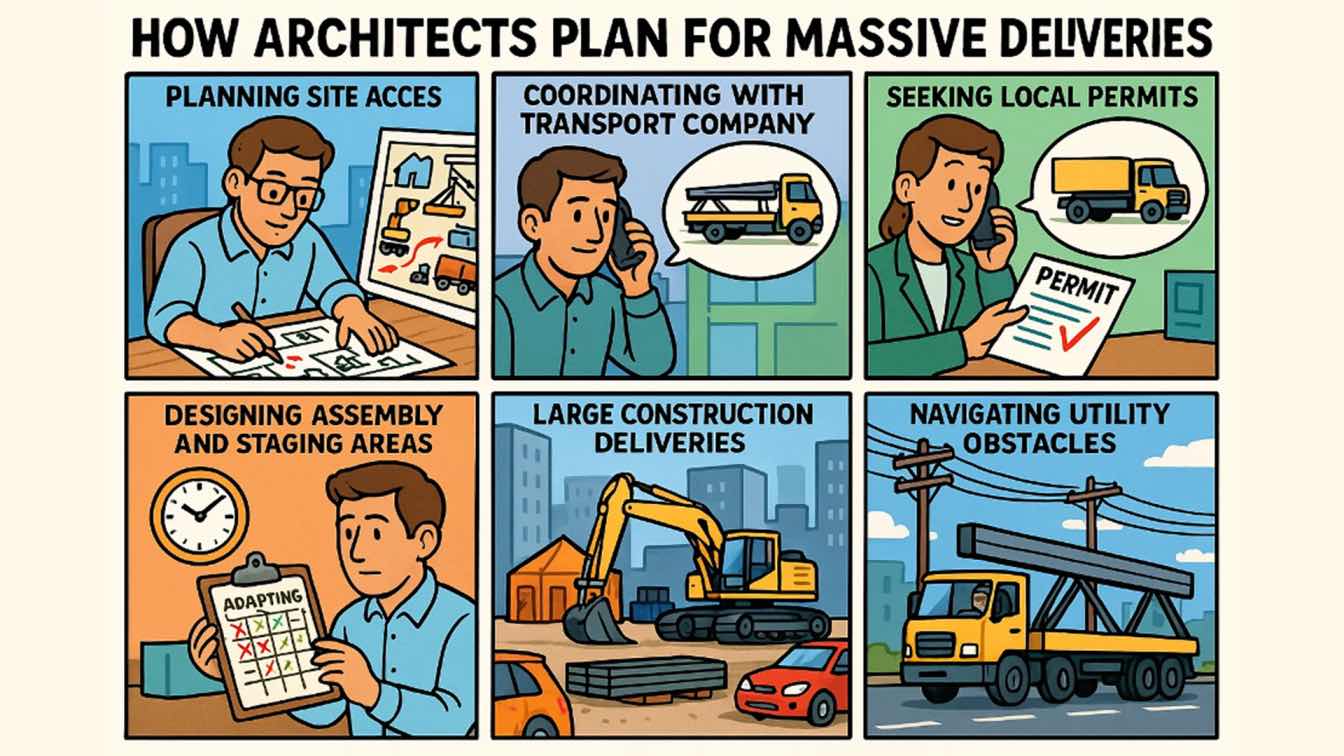Building relationships with neighbors is a part of living harmoniously in a community. Knowing and respecting property boundaries plays a role in fostering relations with those who live nearby. By using land maps to show property lines, residents can prevent conflicts and misunderstandings. This article will discuss the significance of property lines, how to effectively utilize land maps and the advantages of maintaining relationships with neighbors.
The Significance of Property Lines
Property lines define where one person's property ends and another person’s begins. These boundaries legally safeguard homeowners' rights to their properties. Having defined land maps with property lines helps avoid disputes or accidentally trespassing onto a neighbor's land. By understanding these boundaries, residents can establish a space within their own property without encroaching on their neighbor's space.
Effective Use of Land Maps
Land maps are tools that accurately show the dimensions and borders of properties. They offer residents a representation of their land plots, making it easier to grasp any limitations or benefits within these boundaries. When using land maps effectively, it is essential to:
1. Refer to Official Records: Local authorities usually keep records containing information about cadastral surveys and property line markings for specific regions. Getting details from these records is vital to knowing the precise locations of your property lines.
2. Obtain Surveys Done by Licensed Surveyors: Hiring a surveyor can help establish boundaries, especially in cases where there might be uncertainty or disagreements about property lines.
3. Clearly Mark Your Boundaries: Setting up markers such as fences or boundary stones along your property line makes it easy to identify not only for yourself but also for your neighbors.
4. Communicate with Neighbors: Share information about the positions of your corners or markers so they know where their properties start – this helps prevent misunderstandings in the future.
Navigating Boundaries for a Positive Relationship
Maintaining respectful relationships with neighbors is essential for a living environment. Here are some suggestions on how to handle boundaries:
1. Respect Personal Space: Be mindful not to intrude on your neighbor's property, whether unintentionally. Always consult with them before engaging in any activities that could affect your shared boundaries.
2. Privacy Concerns: Prioritize respecting privacy when addressing matters. Ensure that vegetative screens or trees do not impinge on your neighbor's visual or noise privacy.
3. Keep an Eye Out for Signs of Conflicts: Be alert to any indications of disputes, like uncertainty during property line discussions or frequent surveys happening in the neighborhood. It's important to address any concerns to prevent tensions from escalating.
4. Effective Communication is Crucial: Foster communication channels by getting acquainted with your neighbors and discussing issues related to property boundaries well in advance before they turn into major problems. Maintaining conversations helps build relationships and improves problem-solving capabilities if any disputes arise.
Anticipating Potential Disagreements
When property lines are clear and communication is strong, disputes can still occur. It's essential to be proactive in anticipating disagreements and taking steps to resolve them. Here are some suggestions:
1. Conduct Regular Property Inspections: Make it a habit to check your property boundaries regularly to ensure neighbors make no encroachments or alterations. If you notice any discrepancies, document the problem and engage in discussions with the neighbor involved.
2. Explore Mediation Options: If a boundary dispute cannot be settled through talks, consider involving a third party, such as a mediator or arbitrator. These professionals can facilitate dialogue and help find mutually acceptable resolutions.
In closing
It's important to appreciate and honor property boundaries to foster relationships and avoid disputes with neighbors. Using land maps properly enables individuals to determine their property lines, promoting cohabitation in a neighborhood easily. By respecting boundaries and communicating openly, residents can establish connections that enhance the quality of community living for everyone involved. Just remember – creating a harmonious community begins with acknowledging and respecting each other's space!





